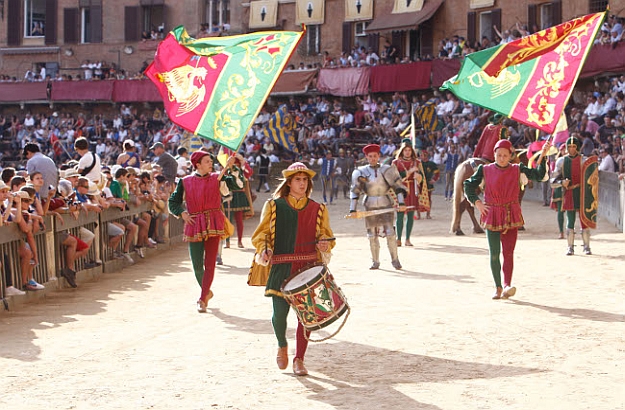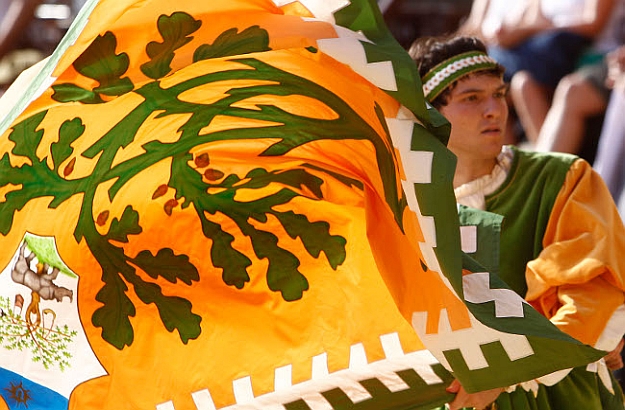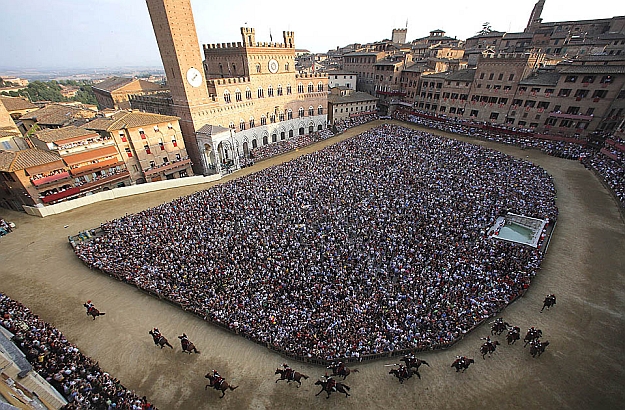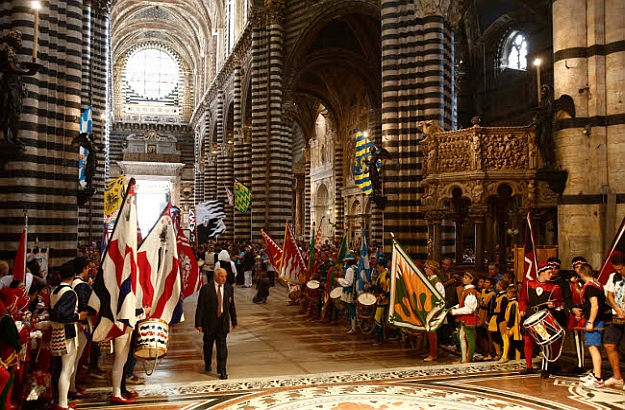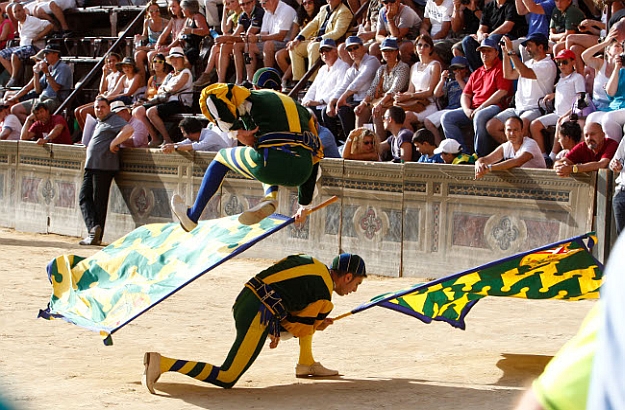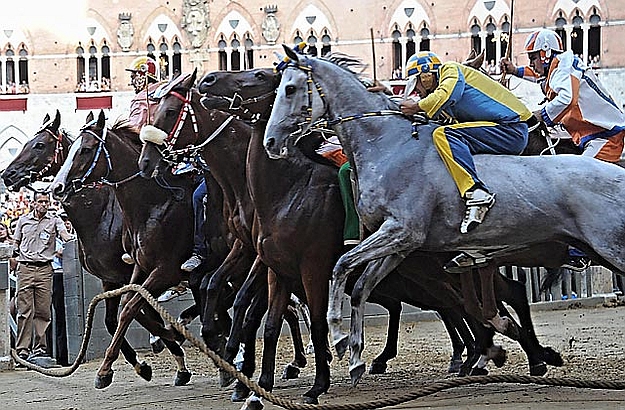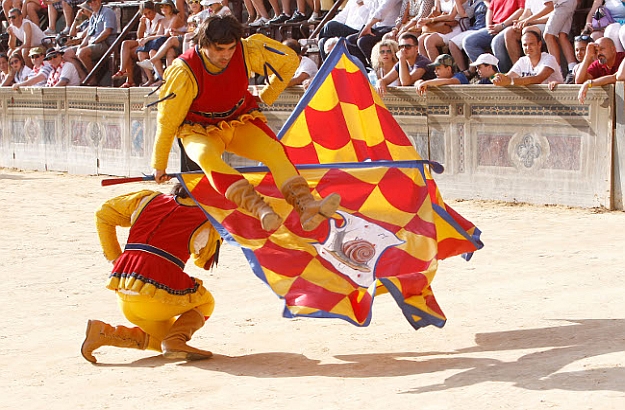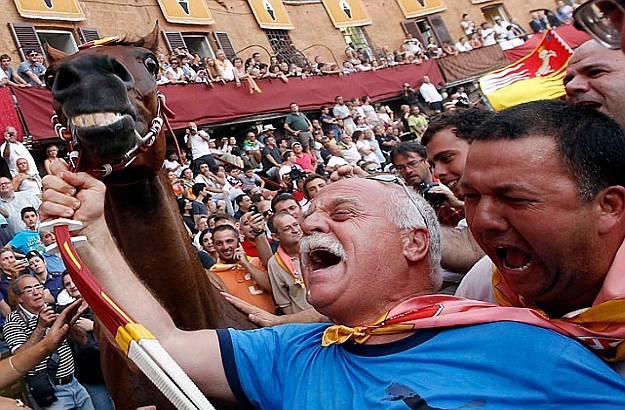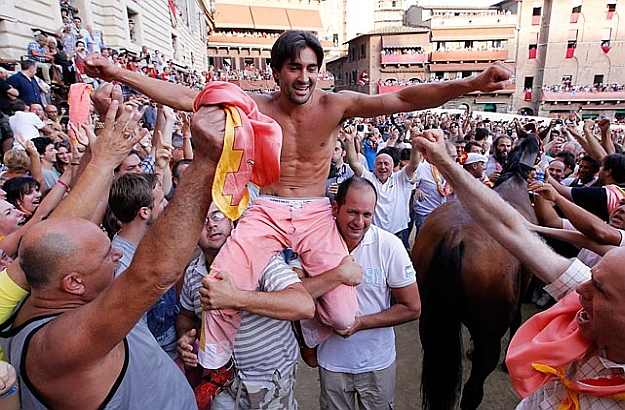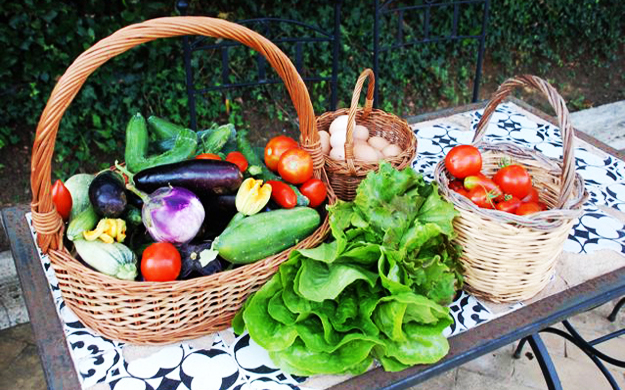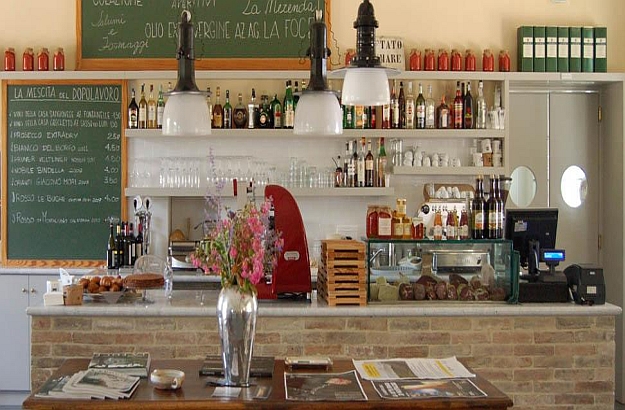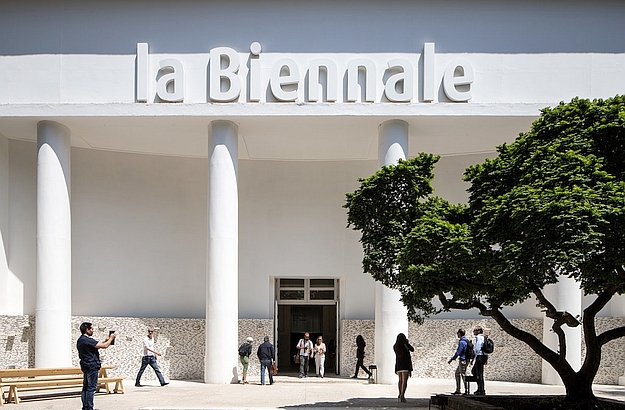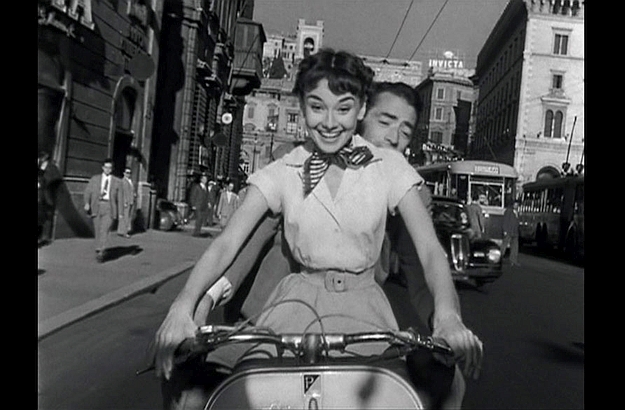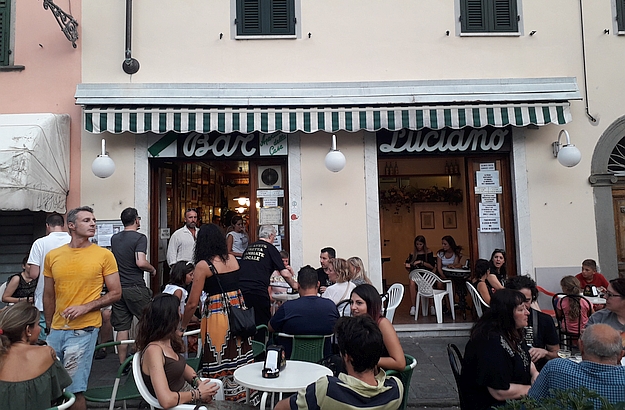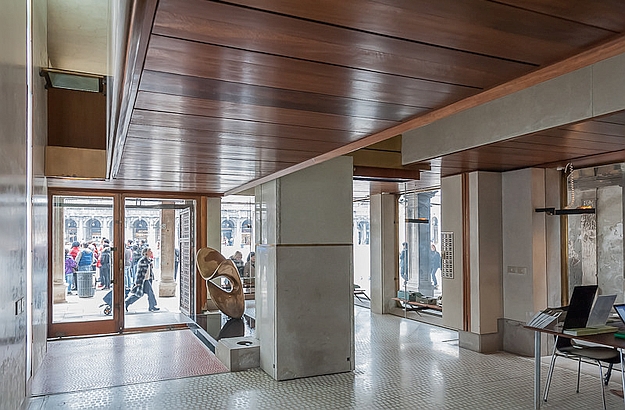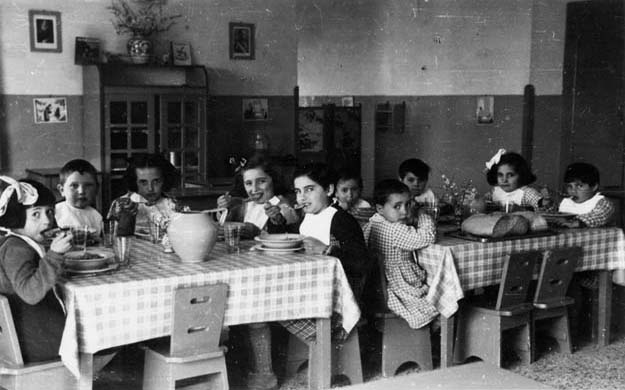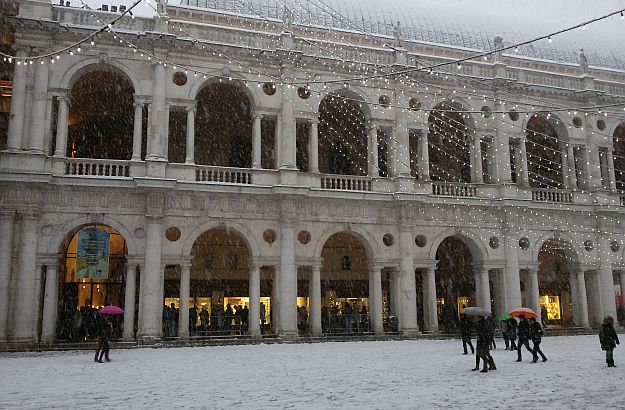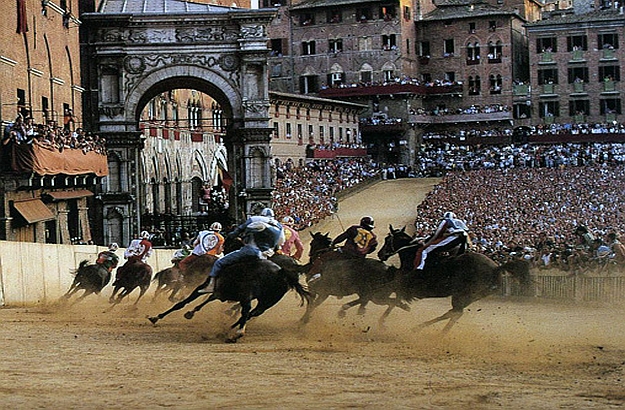
The Highly Picturesque Palio of Siena
The sanguine enthusiast who was sitting next to me in the stands clapped his hands in a burst of joy and glanced at me briefly:
“No hour of life is wasted that is spent in the saddle, he exclaimed. Don’t you agree?
– Well… yes, maybe, I modestly replied.
– Winston Churchill said that, not me. Is it the first time you’re attending this horse race, young lady?”
Yes, it was the first time, even though I had heard about this famous horse race, the Palio di Siena, several times before. I had come to this colourful event with journalists who were writing articles on the winemakers association I was working for at that time. I can’t believe this was some 30 years ago!
Then I went back to the Palio three more times in the following years. The third time, I remember, I was with good friends of mine right in the middle of the central Piazza, where one doesn’t pay anything – and where it feels like you’re in the eye of the cyclone, because the horses are kind of flying all around you. It’s a great sensation.
In 2011, I went to the Palio again, this time with my family. We had been invited by Countess d’Elci to watch the race from the window of her Palazzo, the most beautiful of all the residences overlooking the square, and with windows located right above the departure and arrival line – ringside seats! Our daughter, who was then 7 years old, enjoyed the parade and the flag swaying, but burst into tears during the actual race: the surrounding tension and frenzy were a little bit too much for her.
In the following paragraphs, you will find everything you have always wanted to know about the Palio di Siena – and are no longer afraid to ask!
So, vai, enjoy your Palio and torna vincitore!
What is the Palio?
Many people believe that the word palio means horse race. A palio is actually a banner or piece of cloth awarded to the winner of a competition. It is usually won in a contest or in a race (often a horse race).
For the famous Palio di Siena, ten horses and ten bareback riders representing ten of the seventeen city districts (contrade), participate in a race around the Piazza del Campo, the main square of Siena. The July 2 event is named Palio di Provenzano, in honour of the Madonna of Provenzano, and the August 16 race is named Palio dell´Assunta, in honour of the Assumption of Mary.
An incredible pageant, the Corteo Storico, precedes the race, which attracts thousands of visitors from all over the world. Its course having been sprinkled with a thick layer of sand, the race circles the Piazza del Campo three times. The treacherous turns around the square cause many jockeys to be thrown from their horses. The race has medieval origins.
Why is there more than one day of the Palio?
The Palio is not an event limited to the horse races of July 2 and August 16. The days of the Palio are commonly defined as a 4-day period beginning with the assignment of the horses and culminating with the race itself. There are four Palios in all, starting on the following dates: June 29, July 2, July 13 and August 16.
DAY 1…
How are the horses selected?
The selection of the horses presented for the Palio (usually thirty) starts at 7 am. Five to six horses are raced at a time to verify their condition and their adaptability to the route on the Piazza del Campo. These races usually take place between 9 am and 11 am, and when they are over, the Captains of the participating districts choose the 10 horses which will officially compete. The selected horses are not necessarily the best ones: the Captains may opt for a healthy and reliable horse against a fast, albeit problematic horse.
How are the horses assigned?
Once the 10 horses have been chosen, they are assigned to the 10 participating contrade by drawing lots. This is done between 12 am and 1 pm in the Piazza, which is always packed with a crowd. This is a moment of great tension, with outbursts of joy in the contrade that receive a good horse, and of course disappointment in those who receive a horse regarded as not being so good. The different contrade can now implement their strategies.
What about the rehearsals or trials?
There are 6 rehearsals in all, at 9 am and 7 pm on each rehearsal day. Each participant brings his horse into the Piazza del Campo, accompanied by a large group of chanting supporters. Then the race course on the Piazza is cleared and the entrances to the square are closed. Each rehearsal is carried out by simulating the Palio, which runs three times around the Piazza. The aim is to allow horses and riders to adapt well to both the track and challenge in view of the Palio. Many jockeys choose to stop the trial of a horse after only one or two laps around the square.
At what time should I arrive at the Piazza to attend the trials?
For the morning tests, between 8:30 and 8:45 am. For the afternoon tests, if you want to avoid the usual bustle of the accompaniment of the horses, you should be in the Piazza one hour before the scheduled time for the race. If you want to attend the accompaniment outside the Piazza, you should enter after the arrival of the last contrada, about half an hour before the test.
What happens if it rains?
If the track is wet and is not deemed fit, the tests will not be carried out. This will be signalled by a green flag hoisted on the City Hall. Jockeys are allowed to go directly to the Palio without having run a test.
And if it rains on the day of the Palio?
In this case, the race will not take place, mainly to ensure the safety of horses and jockeys. Again, you will see the green flag on the City Hall, and the race will simply be postponed to the next day.
DAY 2…
What happens on the second day of the Palio?
The second rehearsal is carried out in the morning, and the third one, late in the afternoon. On August 14, just before the afternoon trial, there is the Corteo dei Ceri (procession of the candles), during which the Palio is brought to the Duomo. In July, the Palio is brought into the church of Santa Maria in Provenzano.
DAY 3…
What happens on the third day of the Palio?
The fourth test is run in the morning and the fifth test, called the prova generale (dress rehearsal) and usually preceded by a display of mounted police, is carried out in the late afternoon. Then the members of each Contrada have dinner together in the evening. Dinners are held outdoors in the streets or squares of each district.
Can visitors to Siena participate in these rehearsal dinners?
Yes, they can. All you have to do is book and pay a few days in advance at the clubhouse of the contrada of your choice. Here is a complete list.
DAY 4…
What happens on the fourth and final day of the Palio, the day of the race?
In the morning, there is the sixth test race, called the provaccia. It is preceded at 7:45 am by the Messa del Fantino, a mass for the Jockeys celebrated in the chapel on the Piazza del Campo. In the afternoon, at 3 pm, the benediction of the jockey and his horse takes place in the churches of each of the Contrada. The priest lets them go, jockey and horse, with the dramatic words Vai e torna vincitore! – leave and come back with the victory! From there, the participants of each Contrada proudly go to the Duomo, then parade on to the Piazza del Campo where, in their beautiful historical costumes, they demonstrate during two hours their impressive banner-swinging skills before finally competing in the actual Palio race.
Is it possible to attend the blessing of the horse?
Since most of the district churches are quite small, priority is always given to the Contrada people. You can always ask for permission, which may be granted or not. If you are allowed to enter the church, be aware that absolute silence is required and that it is forbidden to use flash cameras and the likes, due to the presence of the horse.
It is possible to attend the historical Procession to the Piazza?
Yes, but you must keep to the side of the road and not in any way hinder the passage of the procession. The streets are particularly narrow and on this occasion always very crowded. The itinerary of the procession before entering the Piazza is as follows: Cortile della Prefettura – Piazza del Duomo – Via del Capitano – via San Petro – Casato di Sopra – Casato di Sotto.
At what time does this Procession leave from the Duomo?
Between 4 and 4:30 pm in July. Between 3:30 and 4 pm in August.
How do you enter the Piazza to watch the Palio?
You can enter the Piazza before the Parade from any access, or after the cortege has reached the opening of Via Duprè next to the city hall. Please note that the Via Duprè access is very tight, always crowded, and that it can be very challenging, even dangerous for heart patients, children and people who are physically weak. Besides, once in the Piazza, it is very difficult to exit before the end of the race. It is therefore advisable to enter the Piazza only if you are determined to see the Palio to the end.
How much does it cost to see the Palio?
Attending the Palio from the central square does not cost anything, and offers to all a good view of the race. Customarily, Sienese like to watch the event from the Piazza, and for this reason this is where you will experience the greatest emotions. Seats located on the stands built around the square are paying, as are the windows of the surrounding palazzi. There is no coordination for ticket sales, so you have to contact the individual owners of the shops or ask at your hotel. Keep in mind, though, that it is not always easy to find tickets.
At what time do you need to be in the Piazza if you choose to enter before the beginning of the Parade?
Entrance for the Parade is scheduled for approximately 5 pm (or shortly after 4:30 pm for the August Palio). However, since the event organizers start closing the entrances to the square half an hour before, we advise you to be in the Piazza by 4:30 pm in July and by 4 pm in August. This means that you will have to spend at least 3 hours in the Piazza, make sure to prepare yourself to cope with the heat.
Are there toilets in the Piazza?
No, there aren’t any.
Are there sellers of food and soft drinks ?
There usually are three stalls selling snacks and cold drinks. You will locate them easily.
Are we allowed to bring our own chairs?
No, it is absolutely forbidden to bring chairs and stools.
What if a person feels faint or dizzy in the Piazza?
In the main streets that are mostly used by pedestrians, there are medical posts, namely at the Logge del Papa and in the following squares: Piazza della Posta, Piazza del Duomo and Piazza Tolomei.
At what time does the Palio race usually end?
At 7:30 pm in July and 7 pm in August. However, the actual departure of the race can also take place a lot later.
What happens immediately after the Palio race?
The people of the winning Contrada bring the Palio (a large painted canvas) to the church of Santa Maria in Provenzano (in July) or to the Duomo (in August) in order to thank the Virgin Mary. Then they proceed to their Contrada, accompanied by songs, drums and flags.
Can one access the Piazza immediately after the race?
It is not recommended to enter the central square immediately after the race, nor to interfere with the celebrations of the winning Contrada. Needeless to say that you should stay away from any fights that may occur. You should also watch out for the horses which might still be running around.
Are there things tourists should refrain from doing on the day of the Palio?
For the people of Siena, the days of the Palio are days of joyful celebration and, more often than not, days of great tension too. So caution is recommended, especially on the following points:
Do not attempt in any way to get close to the horses. Do not disturb nor goad the jockeys and all other direct participants in the race, especially during the very tense minutes preceding or following the competition, when anger and disappointment are common. In the Piazza, do not carry children on your shoulders on the day of the Palio as this would obstruct the view of others. Because of the large crowd there, it is advisable not to take small children into the Piazza. Do not complain impatiently of prolonged operations or movements. Finally, if you are asked to move from a certain area, follow these instructions.

